Karnak Temple Complex
Karnak Temple Complex, world-famous as Karnak, is a massive assemblage of the ruins of temples, chapels, huge pillars, and other buildings.
It is located 3 km from Luxor, and its name in ancient Egyptian was Ipet-isut (“the most chosen place”), the main worship seat for the Theban Trinity, whose head was Amun in the city of Thebes, which is full of monuments. The complex takes its current name from the nearby village of Karnak.
It is considered one of the distinctive signs of Luxor, where each of the successive kings was trying to make his temple the most magnificent to distinguish it from his predecessor, so Karnak temples turned into a complete guide and assortment showing the stages of development of ancient Egyptian art and distinctive Egyptian architecture.
The Karnak Temple is open daily from 7 am to 5 pm and is characterized by enchanting sound, and light shows every evening, which is a great way to discover the Karnak Temples.
The main temples
The first thing in this temple is the anchorage: it is a raised quay by a square base for the sacred boat, and it is used to connect the anchorage with the Nile.
The temple’s facade is represented by the first edifice, which dates back to the reign of King Nektanbo I of the Thirtieth Dynasty. It is built of sandstone and has two towers, and in the middle of the two towers is an entrance with a 26-meter-high gate.
This temple has an open courtyard, the ceremonial court, with an area of eight thousand square meters. It dates back to the era of the twenty-second dynasty. It is tribal, and seasides were adorned with bowies carried by round columns whose crowns are in the form of papyrus buds, and front of them are rams statues of Ramses II.
Statues of rams.
Its meaning is that these statues have the head of a ram and the body of a lion. That is why the road between these crouching statues was called Rams Path, 52 meters long and 12 meters wide.
Temple of Ramses III
The Temple of Ramses III is located on the southern side of the courtyard. King Ramses II built it for the resting of the sacred boats. It is 52 meters long. It is topped by an edifice preceded by two statues of the king. The edifice is followed by a rectangular courtyard exposed on its sides with two rows of sixteen columns, eight on each side, and a statue of the king in front of each column. The hall of these pillars is the largest hall of pillars globally, with an area of six thousand square meters. It leads to an entrance that Ptolemy III and IV rebuilt.
And in the middle are two rows of twelve cylindrical columns with a crown in the shape of an unfolding sedge flower, the height of the column is 22.40 meters, and the side columns, numbering 122 columns in fourteen rows, have their crowns like papyrus buds, and the height of each of them is 14.75 meters.
Holy of Holies
Thutmose III dismantled the cabin of Hatshepsut and built a cabin for him in the hall of the second Annals, but it was destroyed.
Ceremonial lobby
It is unique in its architecture, as it represents the royal tent that was erected in wars.
It is 43.2 meters long, and 15.6 meters wide, with two rows of high round columns in the middle, each row having ten columns with a bell-like crown that opened from the bottom and rounded at the top and on the sides of the hall are 32 columns.
Amun Garden
It is a rectangular hall whose ceiling bears four polygonal papyrus columns in one row, and all kinds of exotic plants and beautiful flowers brought by “Aten” were recorded on its walls.
Holy lake
It was built by Thutmose III, 80 meters long and 40 meters wide, and was surrounded by a wall. There is a measure of the Nile on its northern and southern sides, with two entrances, one from the eastern side and the second from the western side, each with stone stairs.
Temple of the god of death
Amenhotep III built it, then some kings added to it until the Ptolemaic period.
It includes two temples in the northeastern corner of the wall dedicated to the god “Khansu Baghers” and dates back to the eighteenth dynasty; then, it was restored by Nuqtanbu of the thirtieth dynasty with additions from the Ptolemaic era.
The second is from the southern corner and dates back to the era of Ramses III.
monto temple
This site is dedicated to the son of Mut Amun-Re, Montu, the god of war in the Theban trinity. The site is located near the north of the Amun-Ra complex and occupies a smaller area, and is not open to the public.
Temple of the goddess Ipet
It was established by Ptolemy VIII “Eorgites II”, and the Ptolemaic kings contributed to it. It is located to the west of the temple of “Khonsu” and was dedicated to the goddess Ipet in the form of a hippopotamus. Closets.
Open Museum
It is located north of the main temple and leads to it by a door north of the Al-Bobastite courtyard and another in the middle of the northern wall in the hall of the great columns. It displays the stones of the red cabin of Queen Hatshepsut, about two-thirds of the stones of the cabin, numbering 300 pieces.

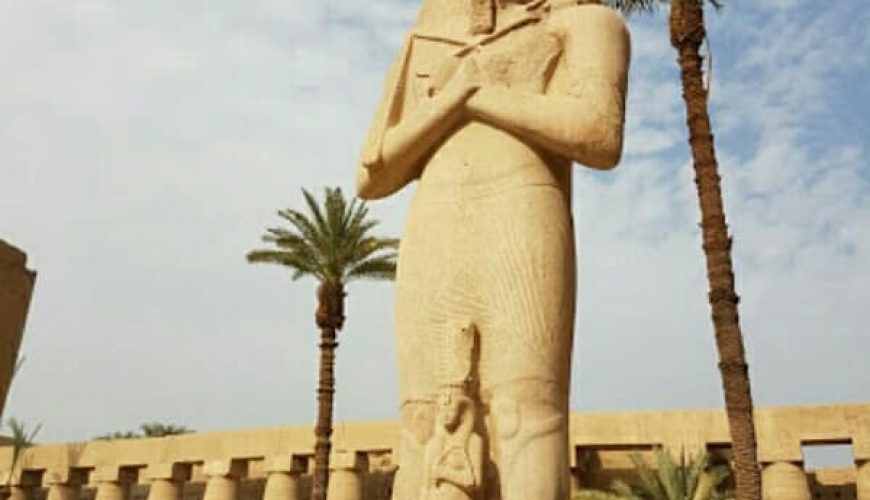
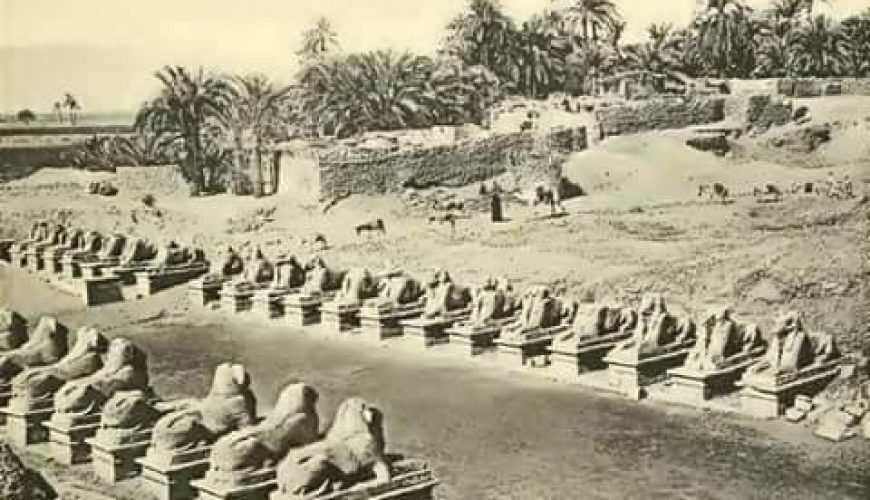
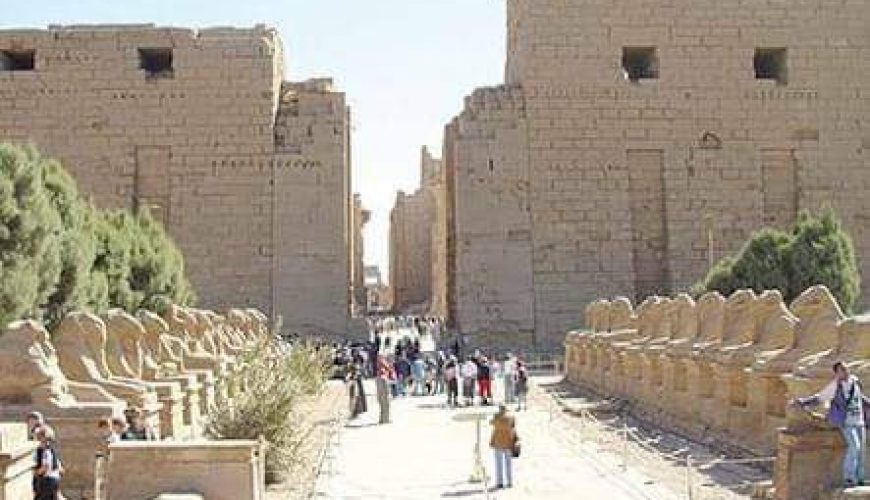
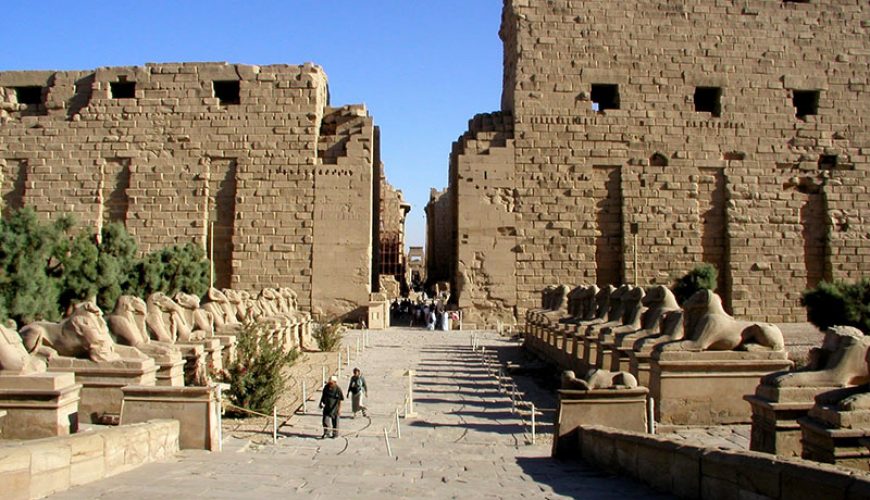
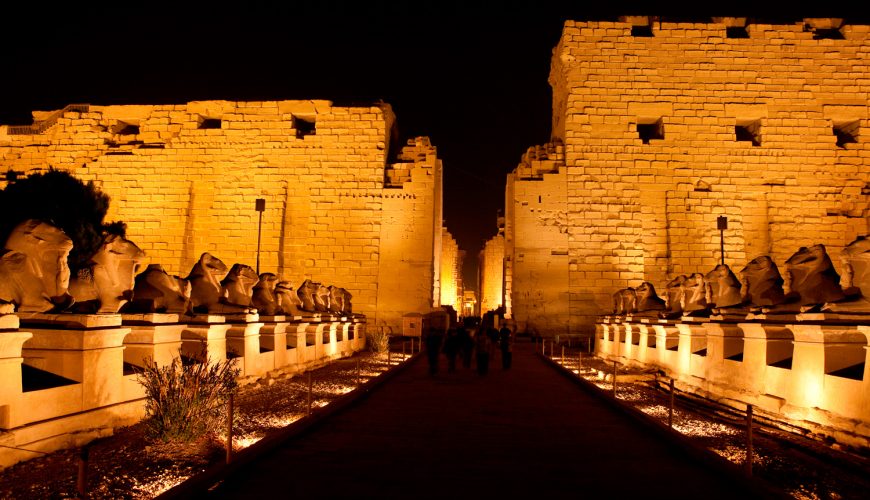
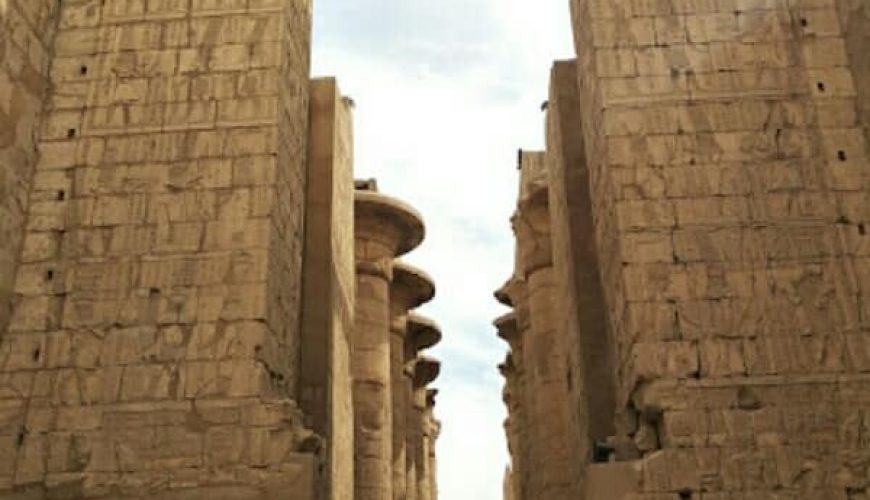
Comment (0)